World War I, which saw the first use of chemical weapons, has changed attitudes to their use.
In 2013, the Nobel Peace Prize was awarded to the little heard of Organization for Prohibition of Chemical Weapons (OPCW). According to the Norwegian Nobel Committee, the award was given to the group “for its extensive efforts to eliminate chemical weapons.” More specifically, the group was recognized for its ongoing work in removing the Syrian government’s chemical armaments as part of its mandate “to achieve a world free from chemical weapons.”
The decision by the Assad administration to relinquish control of its arsenal of chemical weapons may be seen as the defining moment in the ongoing Syrian Civil War. By giving up its chemical weapons, the Assad government avoided potential Western airstrikes that could have turned the tide of war, and once again embroiled the United States and its allies in a Middle Eastern conflict.
The decision of the Assad regime came after it was widely reported that it had used rockets equipped with sarin gas against the opposition in the Ghouta region of Syria in August 2013. However, the near universal condemnation of the use of chemical warfare comes at a curious time: the centenary of World War I, when chemical weapons were employed on a mass-scale for the first time.
Sinister and Unpalatable
One hundred years have elapsed since the start of World War I, the war to end all wars, yet chemical weapons have remained an unpleasant corollary to human existence. Perhaps what is most perplexing about chemical weapons is humanity’s ready willingness to condemn them, but not normal conventional warfare, which can do equal amounts of damage or more. The closest the West came to intervening in Syria came only after President Bashar al-Assad used chemical weapons to kill over a thousand people. This fact remains puzzling, as the death toll through conventional fighting has now surpassed 170,000 in Syria. It seems baffling that the West would allow mass slaughter to continue, while one instance of chemical warfare led to the threat of airstrikes.
There is something unsettling about chemical warfare that alters the nature of a combat in the minds of both participants and observers. Perhaps it is simply psychology, the fact that bombs and bullets can be comprehended after centuries of use, while a gas that chokes its victims or causes their skin to blister and warp is something abnormal. There is something sinister and unpalatable about the use of chemicals against other human beings that is hard to reconcile with the already gruesome truths of modern warfare.
One hundred years have elapsed since the start of World War I, the war to end all wars, yet chemical weapons have remained an unpleasant corollary to human existence. Perhaps what is most perplexing about chemical weapons is humanity’s ready willingness to condemn them, but not normal conventional warfare, which can do equal amounts of damage or more.
However, in another world, this could have easily been normalized, the way suicide bombing has entered the collective global consciousness as an unpleasant reality. Thankfully, the advent of mass chemical warfare arose at a time when the idea of peaceful coexistence of nations and basic elemental human rights gained currency, and was actively worked toward after the First World War came to a close a century ago.
A Brief History of Chemical Warfare
The first modern deployment of chemical weapons against enemy combatants took place in 1915 during World War I. The Imperial German Army used commercially available chlorine gas when favorable winds could disseminate the gas toward their stationary enemy. The use of gas caused havoc among French troops at the Second Battle of Ypres, and catalyzed a rush by both sides to develop and utilize chemical warfare to destabilize their enemy.
The use of gas in combat coincided with their initial large-scale manufacture and the hope for a tactical edge that could break the stalemate in conflict caused by trench warfare. The French, taking a cue from their enemy, modified artillery munitions to carry phosgene — a choking agent — projected across the battlefield toward the enemy, thus reducing the sizeable risk changes in the wind could have.
Numerous types of gas were employed to varying degrees of success in World War I, but the most utilized chemicals were tear gases, asphyxiants like chlorine or phosgene and mustard gas — a blister agent that attacks skin upon contact. It is estimated that by the end of the war, one in four shells fired contained some type of gas leading to 90,000 fatalities and over a million injuries as a direct result of chemical warfare. Notably, Adolf Hitler, a corporal in the German army at the time (he was refused a commission into the Austrian military and volunteered to enlist in the German army), was temporarily blinded by British mustard gas in Belgium.
World War I exposed the world to the horrors chemical and biological agents could cause. In 1925, under the auspices of the League of Nations, more than 30 countries acceded to the Geneva Protocol which stated: “That the High Contracting Parties, so far as they are not already Parties to Treaties prohibiting such use, accept this prohibition, agree to extend this prohibition to the use of bacteriological methods of warfare and agree to be bound as between themselves according to the terms of this declaration.” Although the protocol explicitly forbade the use of chemical and biological weapons in times of war, it failed to ban the production or stockpiling of chemical weapons.
Chemical Stockpiles
During World War II, chemical weapons were not employed on a wide-scale, though the allies held extensive stockpiles of chemical weapons. It was later revealed that the allies, specifically the US and Britain, did have contingency plans to use chemical weapons in Germany and Japan if necessary. It has also been theorized that Hitler’s own brush with chemical warfare led to an acute aversion to the use of chemicals in combat by the Nazis.
However, most historians agree that Nazi Germany was more concerned with potential repercussions than their leader’s personal history. Although chemical weapons were not employed in combat in Europe (they were employed to some extent in Asia by Japan), they were used on a mass scale on civilians. The Nazi regime’s use of the cyanide based pesticide Zyklon B led to the death of millions of Jews and other victims of the Holocaust. It is estimated that deaths as a result of the employment of Zyklon B by the Nazis was 1.2 million.
The fact that so many countries pledged themselves to the various conventions banning chemical warfare (188 have signed up the CWC) and the lack of application by so many actors, most whom could not escape the multitude of wars and violence that ravaged the 20th century, effectively shifted the paradigm against chemical warfare.
After the war, the original Geneva Protocols were succeeded by a series of United Nations motions, specifically the Convention on the Prohibition of the Development, Production and Stockpiling of Bacteriological (Biological) and Toxin Weapons and on their Destruction that came into force in 1975. Today, the protocol has 137 parties, though the US did not sign on until 1975 after it employed Agent Orange, an herbicide, extensively in the Vietnam War.
During the Cold War, both the US and the Soviet Union produced tens of thousands of tons of chemical weapons that still make up the largest stockpiles of chemical weapons in the world; although both countries are actively working to eliminate their chemical stockpiles.
Using Chemical Weapons
The most blatant use of chemical weapons in the Cold War era was carried out by Iraq. Saddam Hussein used mustard gas during his country’s war with Iran and later against his own Kurdish citizens in 1988, leading to the deaths of over 50,000. His alleged stockpile of chemical weapons was used as part of the American justification for the invasion in Iraq in 2003, as chemical weapons are, along with nuclear and biological weapons, considered weapons of mass destruction.
The Chemical Weapons Convention (CWC), which came into force in 1997, officially outlaws the production, stockpiling and use of chemical arms. The convention states: “Determined to act with a view to achieving effective progress towards general and complete disarmament under strict and effective international control, including the prohibition and elimination of all types of weapons of mass destruction.” This has, unfortunately, not eliminated the threat of the use of chemical weapons by state or non-state actors.
In 1995, the Japanese Aum Shinrikyu doomsday cult released sarin gas onto the Tokyo subway, killing 13 and injuring hundreds more. This event highlighted the danger chemical weapons could pose if wielded by terrorists and emphasized the need to destroy existing chemical munitions. Today, the international community has worked extensively to eliminate chemical weapons. The OPCW annual report reveals the extent chemical weapons continue to exist, despite most of the world agreeing to ban them.
It is curious, however, that throughout the bloodiest century of human existence, there were only a handful of uses of chemical weapons and only one clear breach in the post-World War II era in Iraq. The fact that so many countries pledged themselves to the various conventions banning chemical warfare (188 have signed up to the CWC) and the lack of application by so many actors, most whom could not escape the multitude of wars and violence that ravaged the 20th century, effectively shifted the paradigm against chemical warfare.
Though it must be said that it is easy for the great powers of the world to push for an outright ban on chemical weapons, when they themselves maintain much more lethal stockpiles of nuclear weapons. The work of the political scientist Richard Price has extensively examined this concept: How chemical weapons, even in times of war where winning or losing can literally come at any cost, have become taboo. In the end, World War I may not have been the war to end all wars, but it certainly changed the way the world viewed chemical warfare as the case of Syria shows today.
The views expressed in this article are the author’s own and do not necessarily reflect Fair Observer’s editorial policy.
Support Fair Observer
We rely on your support for our independence, diversity and quality.
For more than 10 years, Fair Observer has been free, fair and independent. No billionaire owns us, no advertisers control us. We are a reader-supported nonprofit. Unlike many other publications, we keep our content free for readers regardless of where they live or whether they can afford to pay. We have no paywalls and no ads.
In the post-truth era of fake news, echo chambers and filter bubbles, we publish a plurality of perspectives from around the world. Anyone can publish with us, but everyone goes through a rigorous editorial process. So, you get fact-checked, well-reasoned content instead of noise.
We publish 2,500+ voices from 90+ countries. We also conduct education and training programs
on subjects ranging from digital media and journalism to writing and critical thinking. This
doesn’t come cheap. Servers, editors, trainers and web developers cost
money.
Please consider supporting us on a regular basis as a recurring donor or a
sustaining member.
Will you support FO’s journalism?
We rely on your support for our independence, diversity and quality.


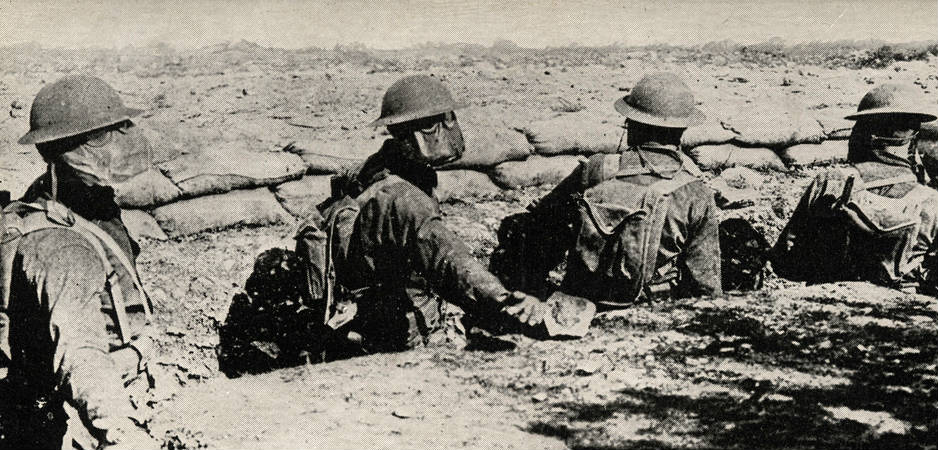
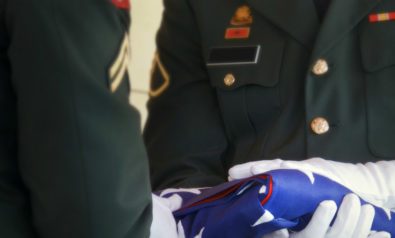





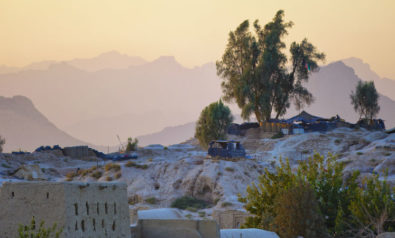
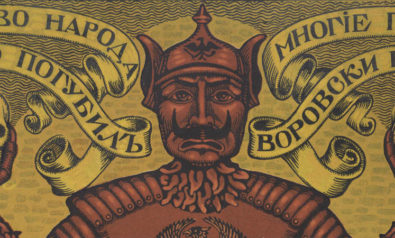
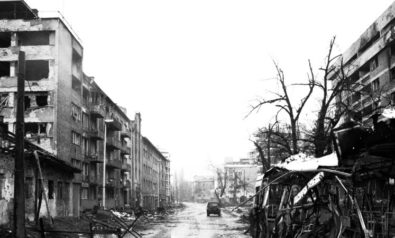

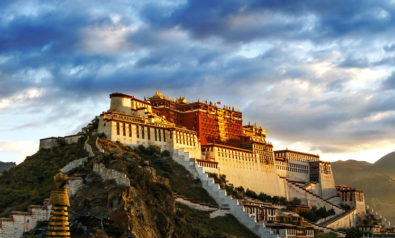

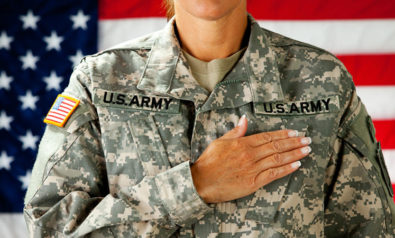



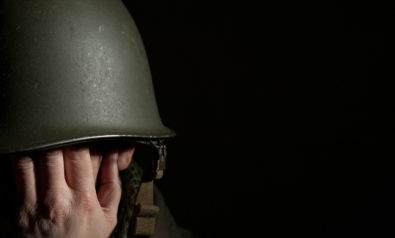
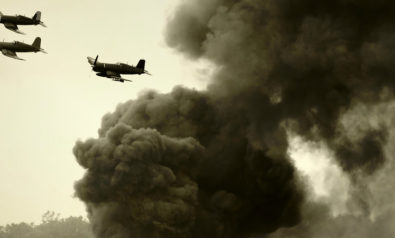
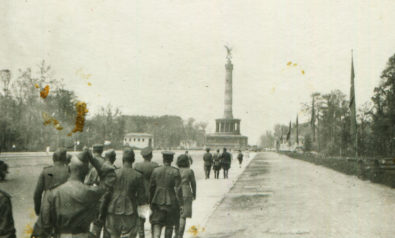


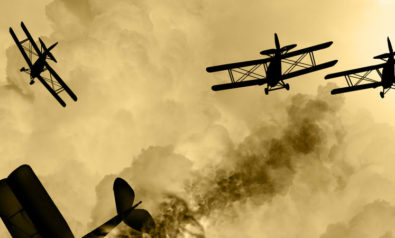


Comment